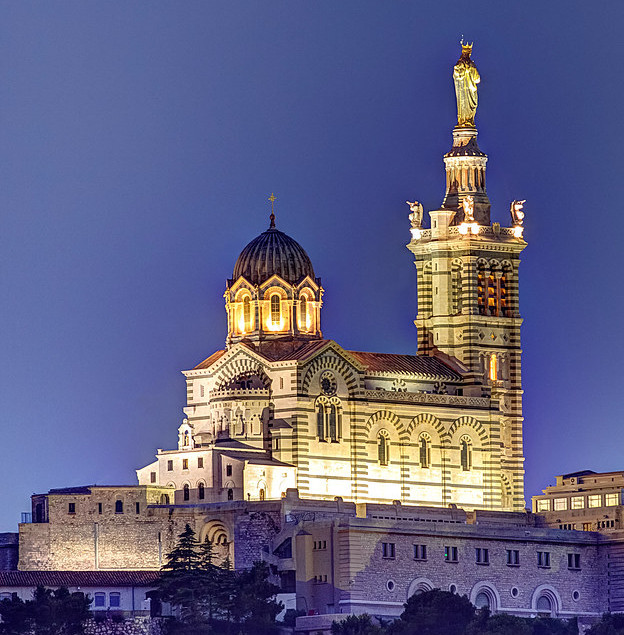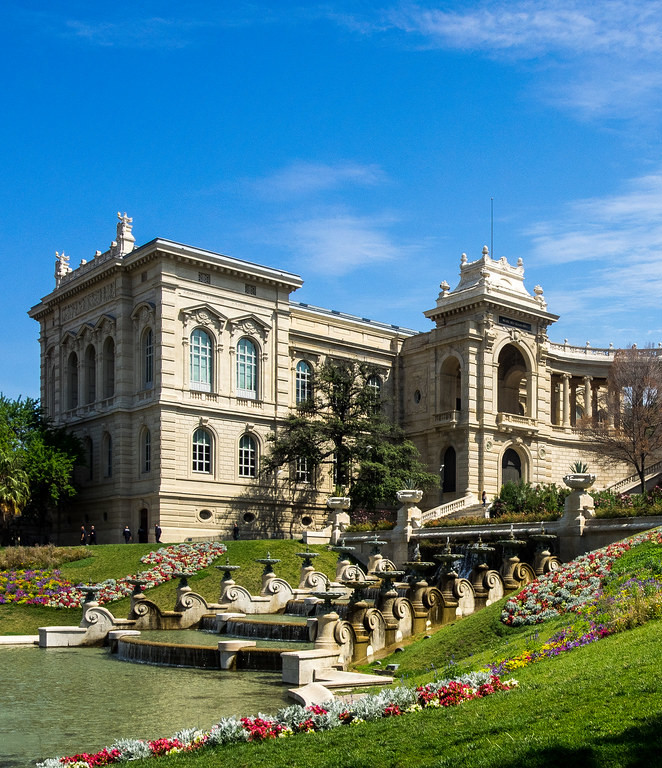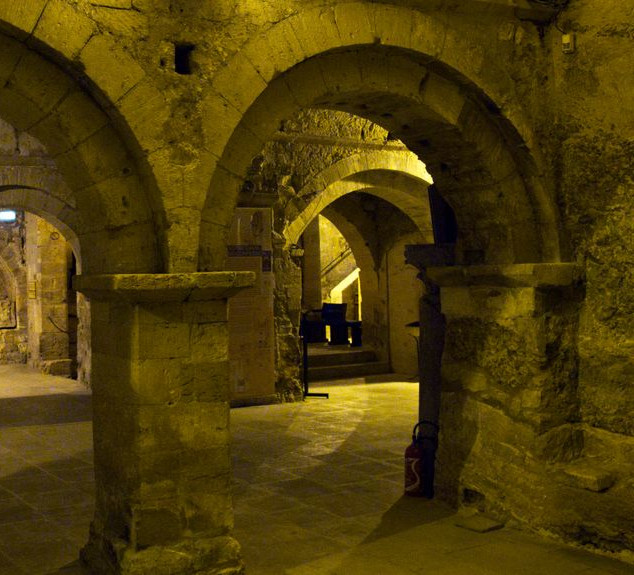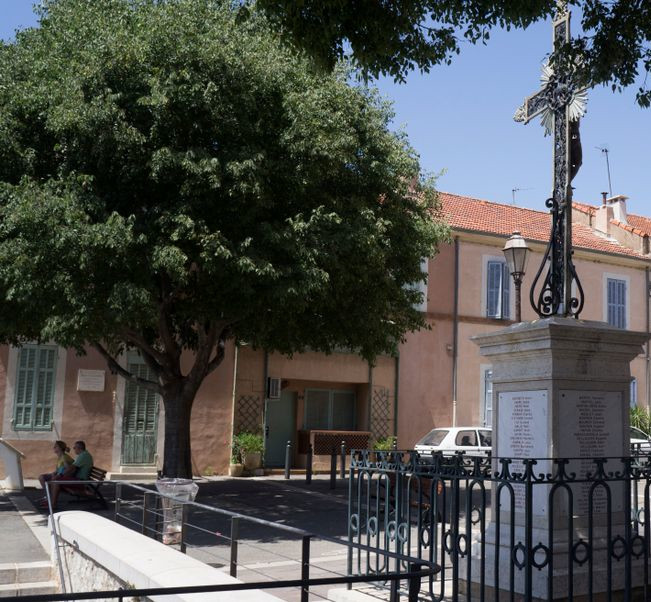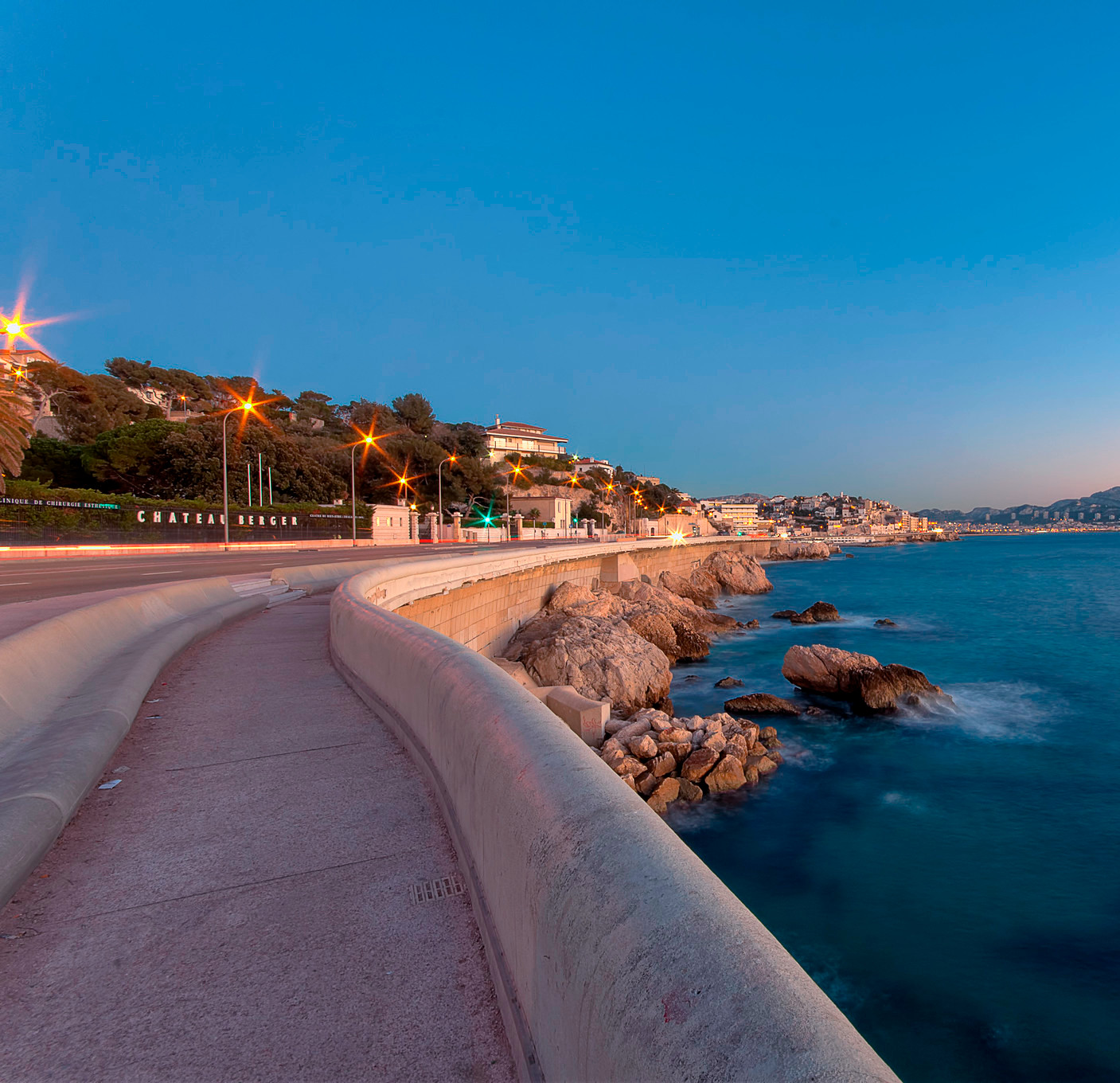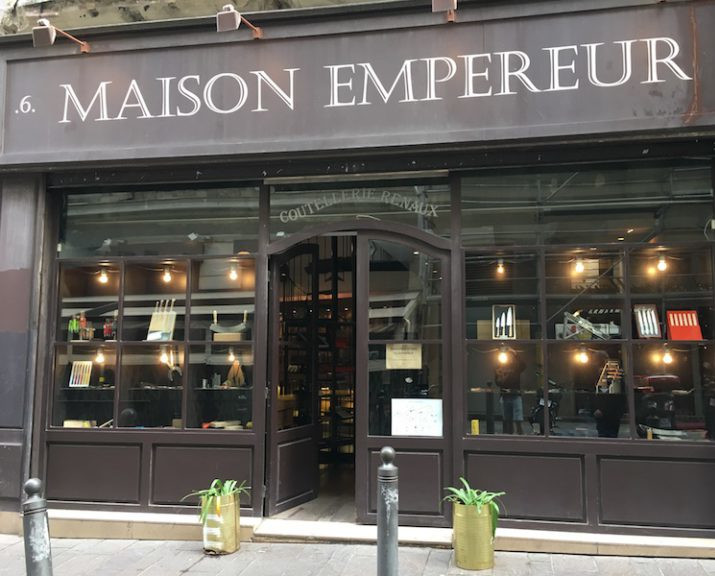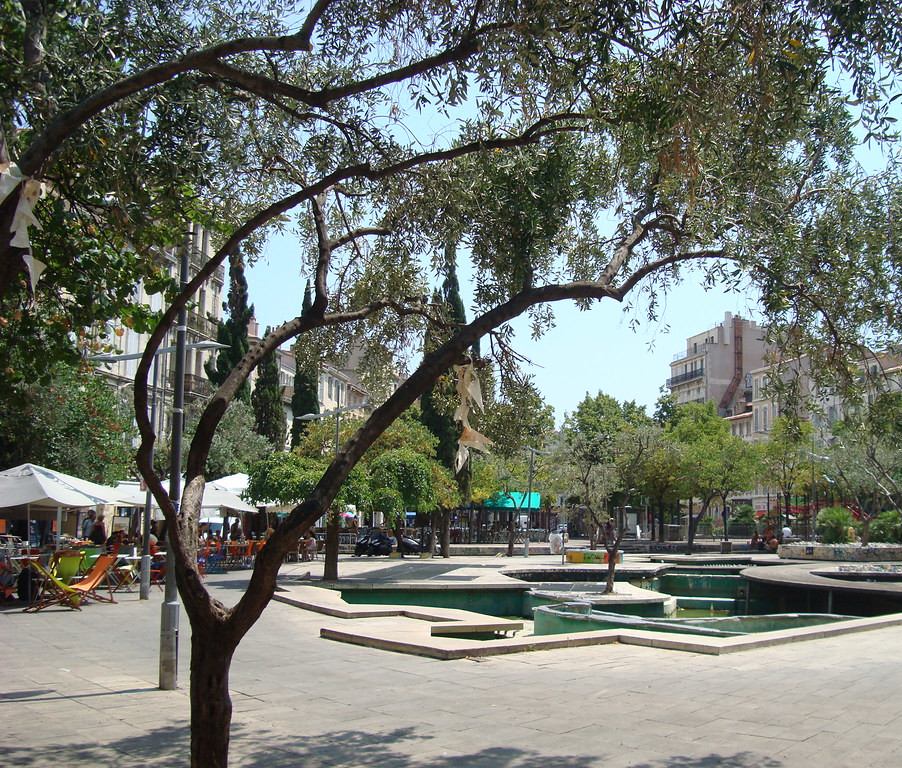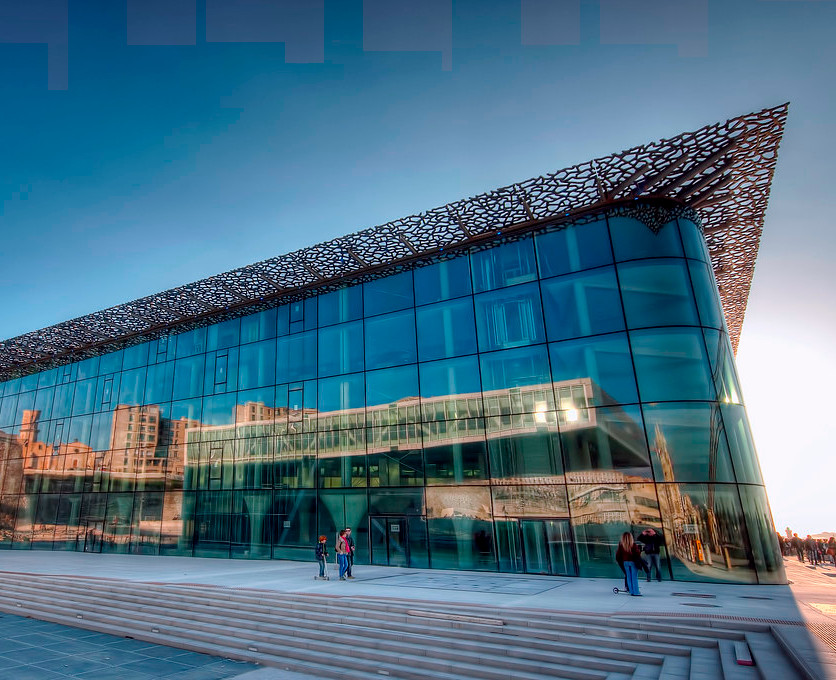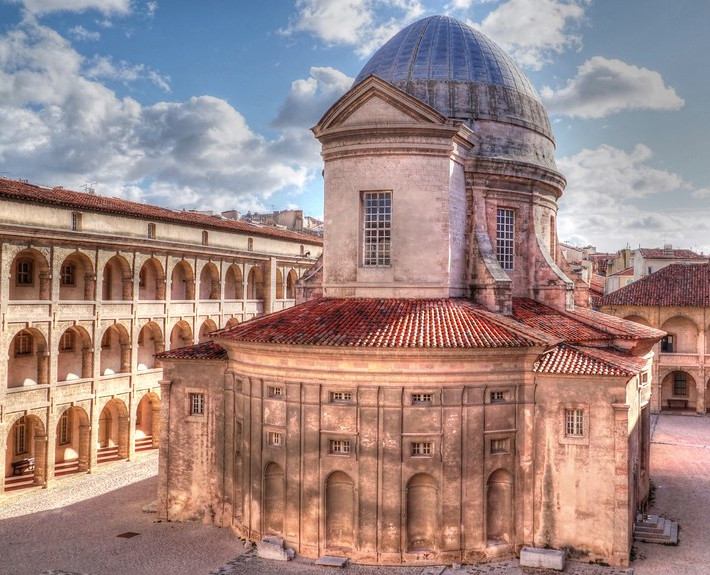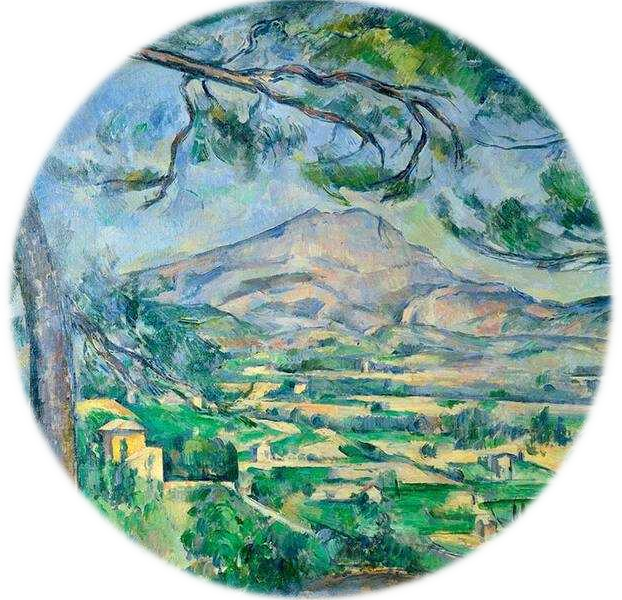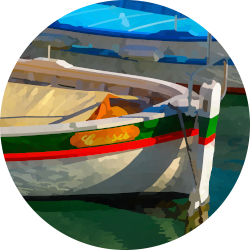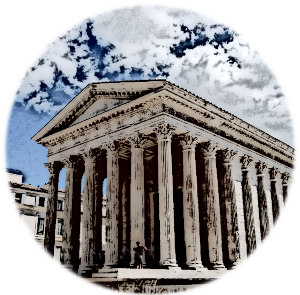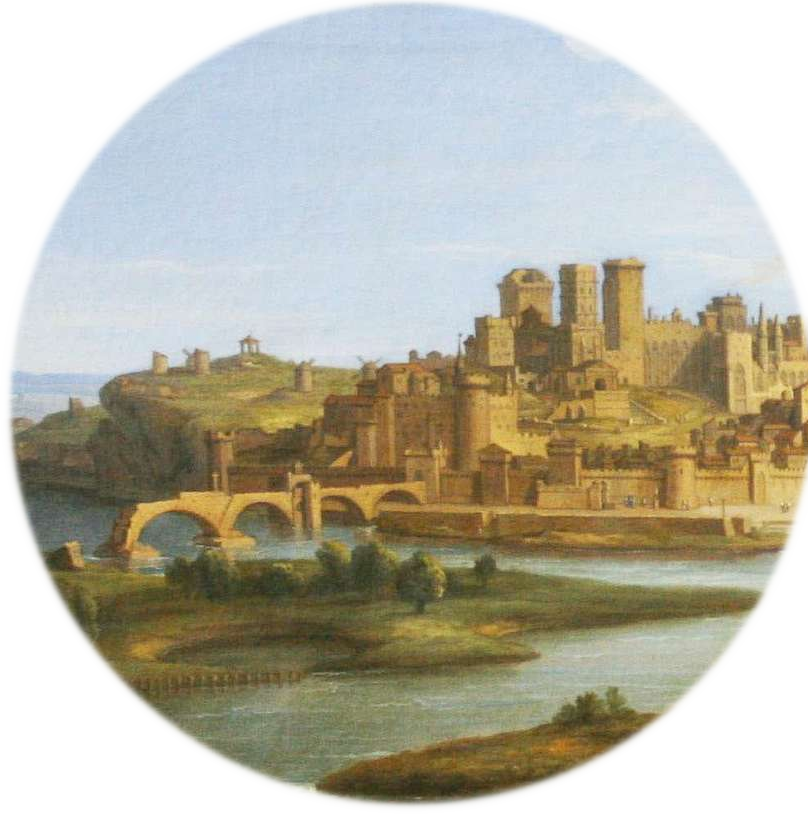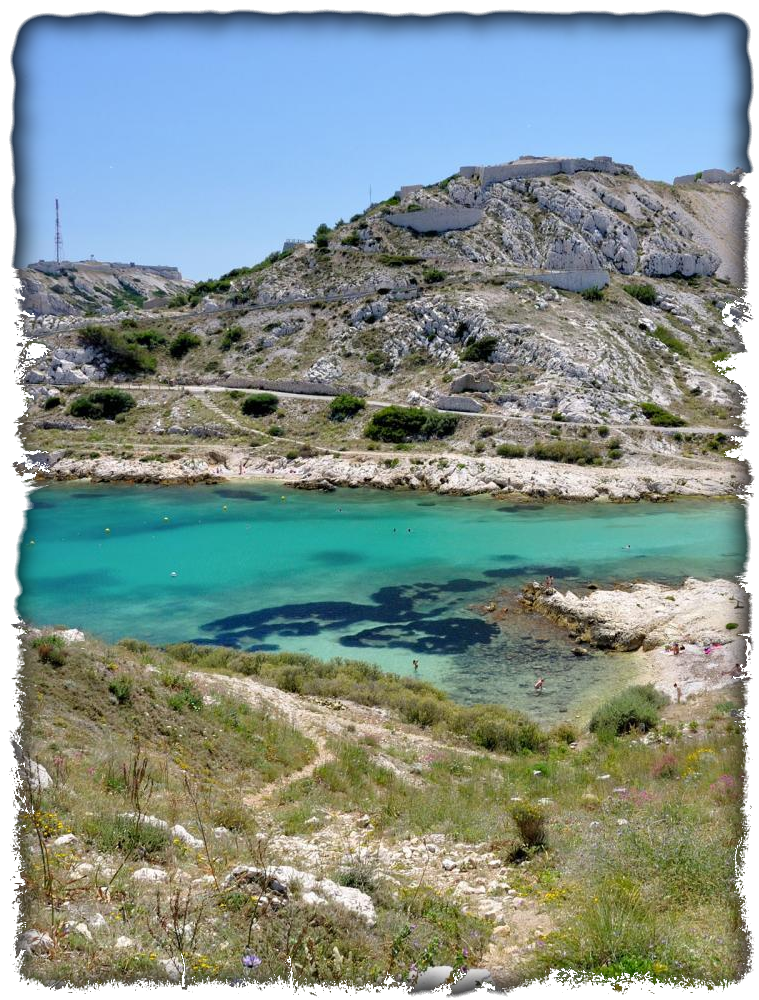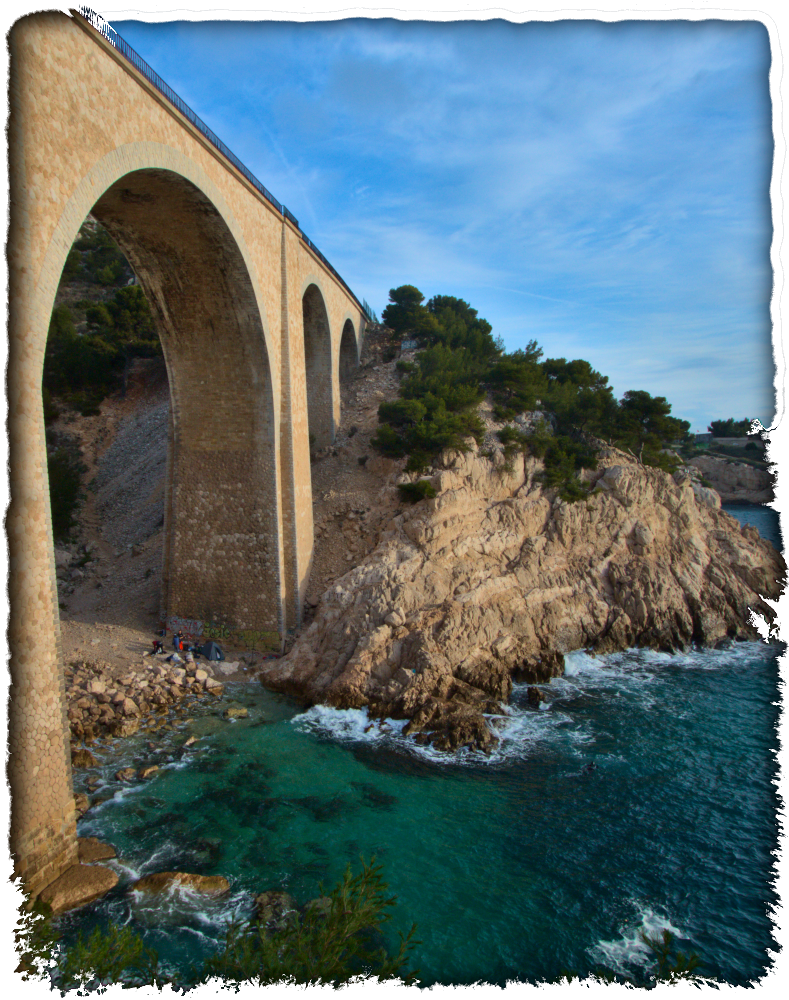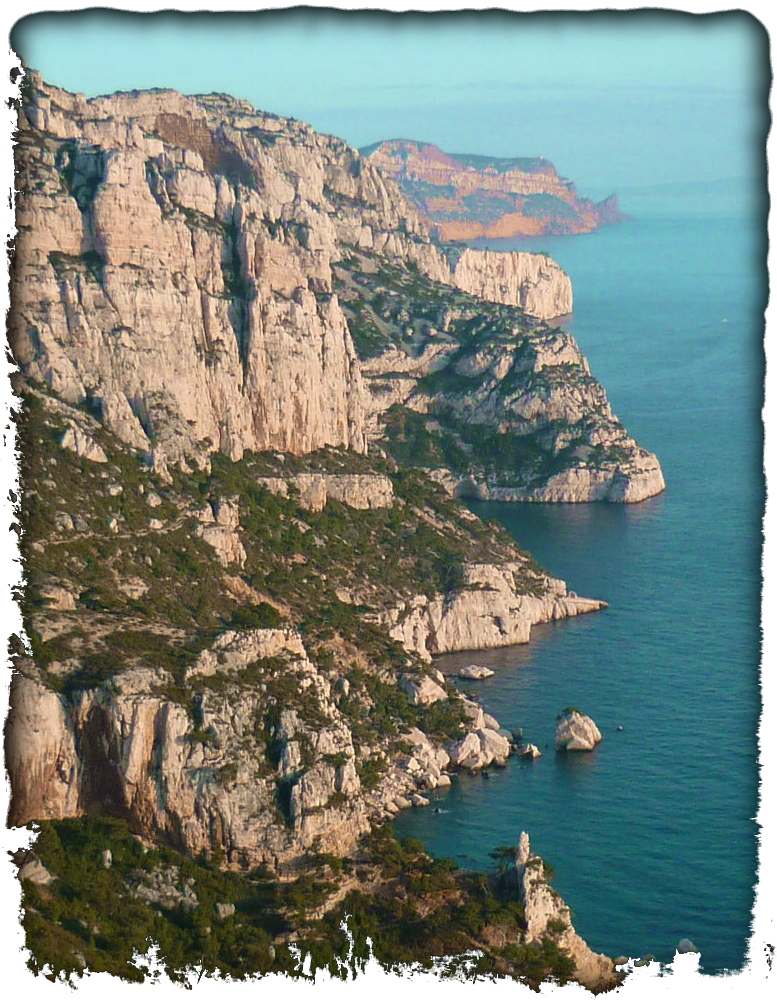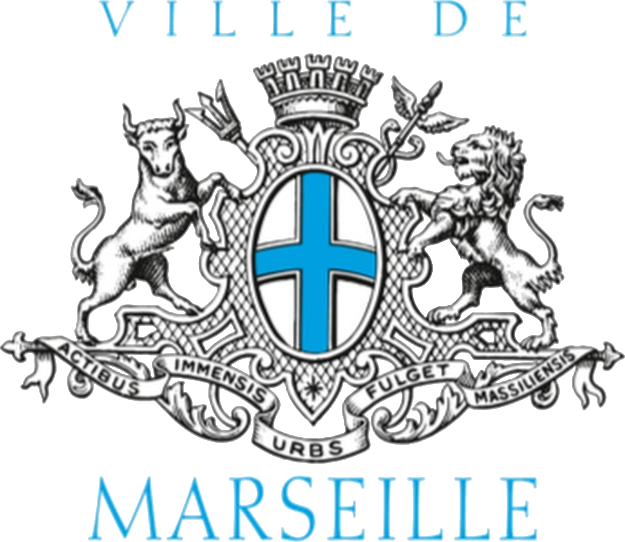Aix en Provence
The town of Aix-en-Provence is part of the metropolis of Aix-Marseille and can be accessed either by local train (called TER) or using the L050 bus or L051 bus, all starting from St Charles station.
Aix-en-Provence is an ancient Roman town, once capital of Provence, that was home to famous painters and writers such as Paul Cézanne and Emile Zola. It hosts a rich architecture from both medieval times and the 17th and 18th centuries, including numerous lavishly ornamented hôtels particuliers that can be discovered by simply wandering through its pedestrian streets. One can visit multiple museums such as the Caumon art center, "Musée des Tapisseries", or "Musée Granet", or decide to walk up the slopes of northern Aix-en-Provence to freely rest in Paul Cezanne's garden, or all the way to the terrace of painters and behold Mount St Victoire.
The most athletic ones can go hiking in the eastern hills and forests, either to check out the quarries of Bilbémus, Zola's lake, or Bibemont's lake, or climb all the way to the top of Mount St Victoire.

